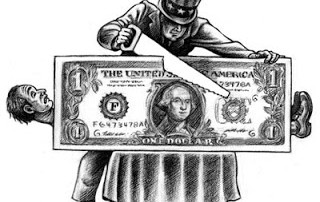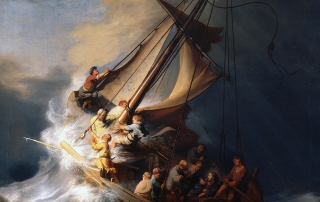August 29: U.S. GDP Rose 4.2 Percent in Q2, Revised Upward from 4.1 Percent
Real gross domestic product increased at an annual rate of 4.2 percent in the second quarter of 2018, according to the “second” estimate released by the Bureau of Economic Analysis. In the first quarter, real GDP increased 2.2 percent. Read more



